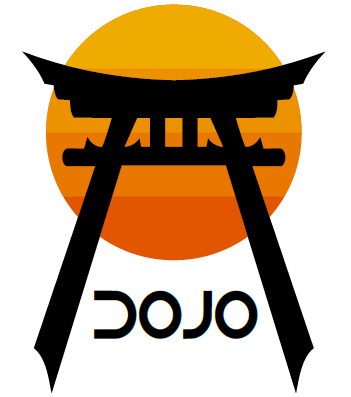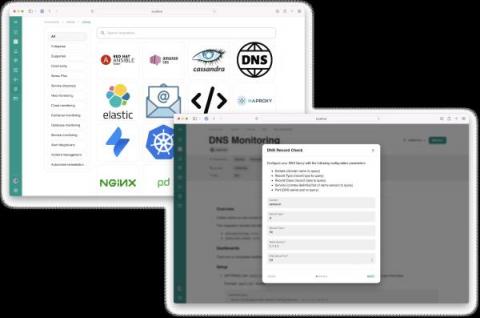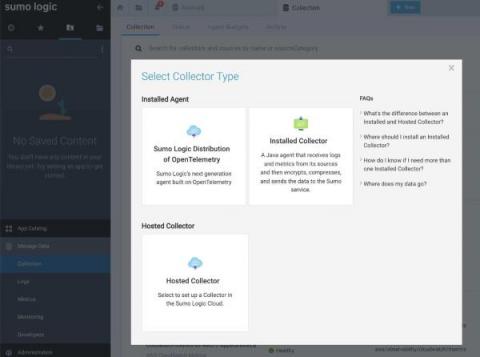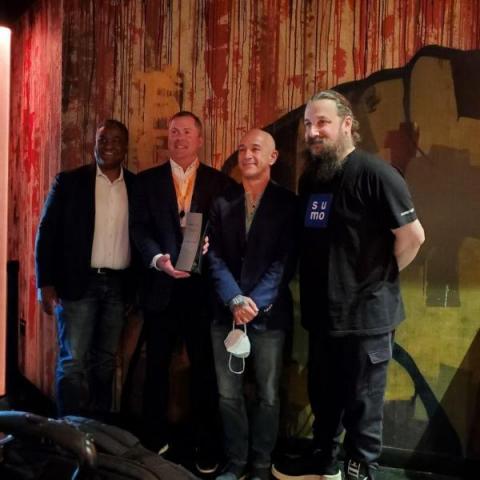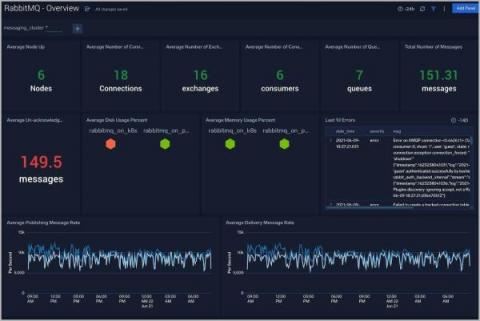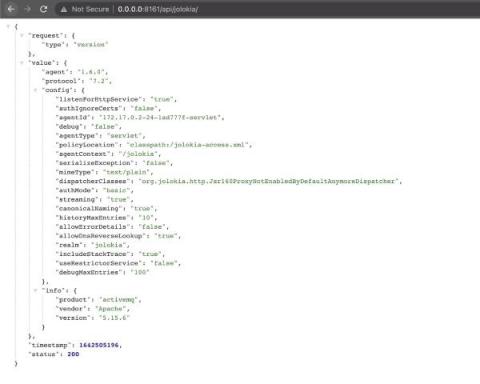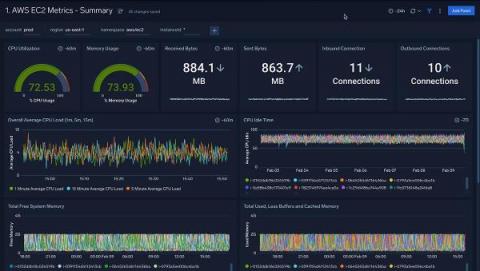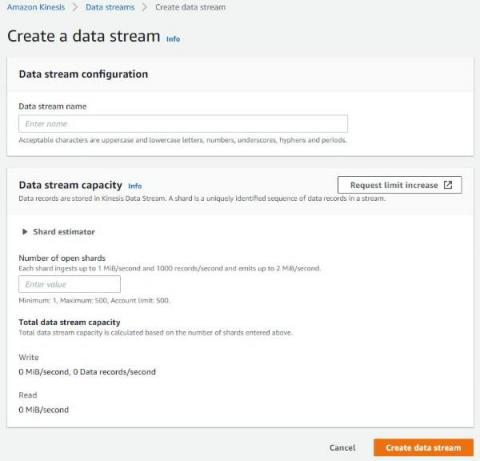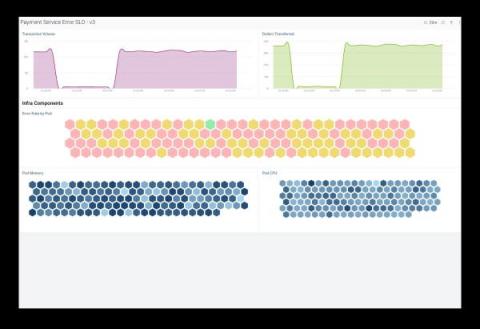How SAP built a Dojo Community of Practice to support a cultural shift to DevOps
by Sam Fell, VP, Product Marketing, Observability, Sumo Logic I love technology, and I’m thrilled to work in a profession where I’m steeped in it! In my career as a developer, consultant and marketeer I've learned it’s not “the cool new tech stack” that helps win the day.


